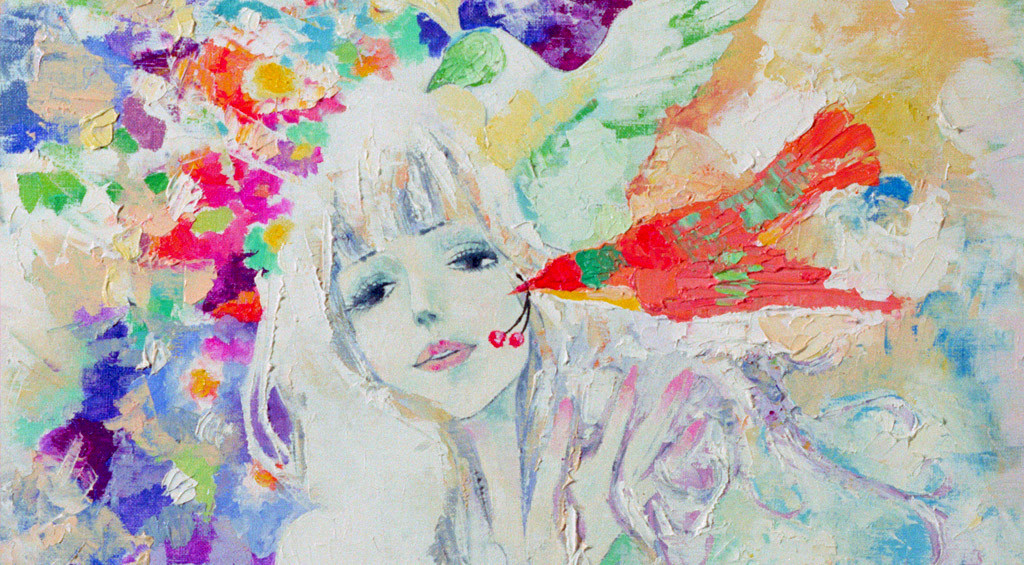
Japan Cuts Film Festival at Japan Society Emphasizes the Eccentric
The annual cinematic cornucopia known as Japan Cuts — the largest festival of Japanese film in the United States — has previously been presented in association with the even larger New York Asian Film Festival. This year, its ninth, Japan Cuts is going it alone as it presents 28 features and a program of experimental shorts beginning Thursday through July 19 at Japan Society in Manhattan.
Whatever the dynamics of the move to cut ties may have been, there’s a clear practical and symbolic logic: Japan’s film industry is probably the only one in East Asia with the heft, variety and quality to support an annual festival of this size. South Korea, China, Hong Kong, Taiwan, Thailand and the Philippines turn out plenty of movies, but if you tried to showcase close to 30 mostly recent films from any of them, the results wouldn’t be so happy.
The festival’s curator, Joel Neville Anderson, doesn’t ignore the Japanese studio mainstream, a sector widely seen to be in a deep creative trough at the moment — the opening-night feature, Yu Irie’s spy drama “Joker Game,” was partly financed by one behemoth, NTV, and distributed by another, Toho. But Mr. Anderson’s interest clearly lies with the idiosyncratic, the eccentric, the experimental and the weird, a taste that Japan rewards as richly as any country, even the United States. Here are five films from this year’s festival, all independently produced, all out of the ordinary.
…
BELLADONNA OF SADNESS The most distinctive item on the program is this restoration of a 1973 animated feature produced by the anime legend Osamu Tezuka and directed by his colleague Eiichi Yamamoto. It’s an Age of Aquarius curio, based on a 19th-century study of witchcraft and featuring alternately flowery and surprisingly graphic depictions of sex. (No one under 18 will be admitted to the screening.) Fair warning: The story, about a peasant woman assaulted by the king on her wedding night, is both a female-empowerment fable and a rape fantasy, in which the initial attack is followed by less violent anime-style intrusions of flowering tendrils and devilish imps. But the impact of the story is secondary to the strangeness and beauty of the mostly still images (the camera moves slowly across them) done in styles resembling Klimt, O’Keeffe, Op Art, Ralph Steadman and the higher class of Playboy.
